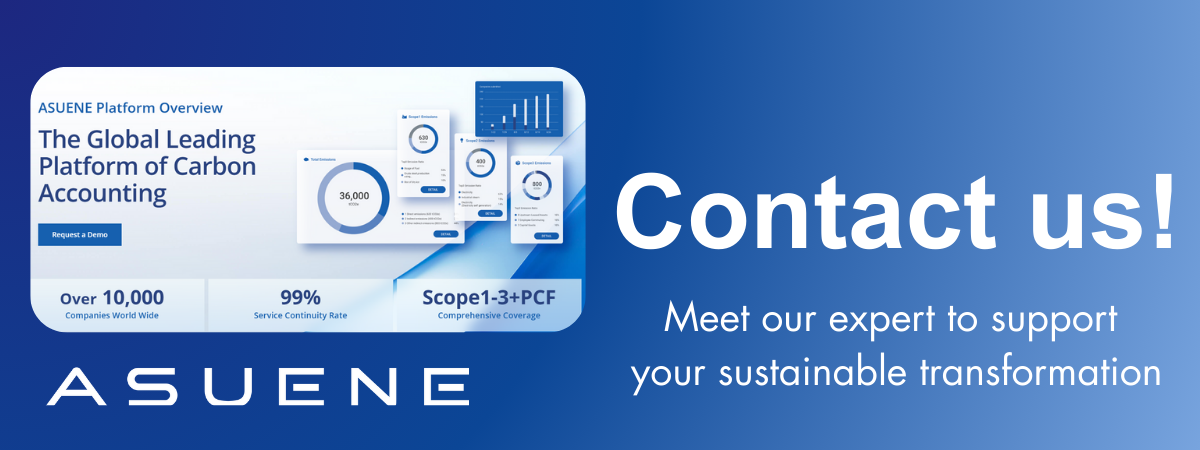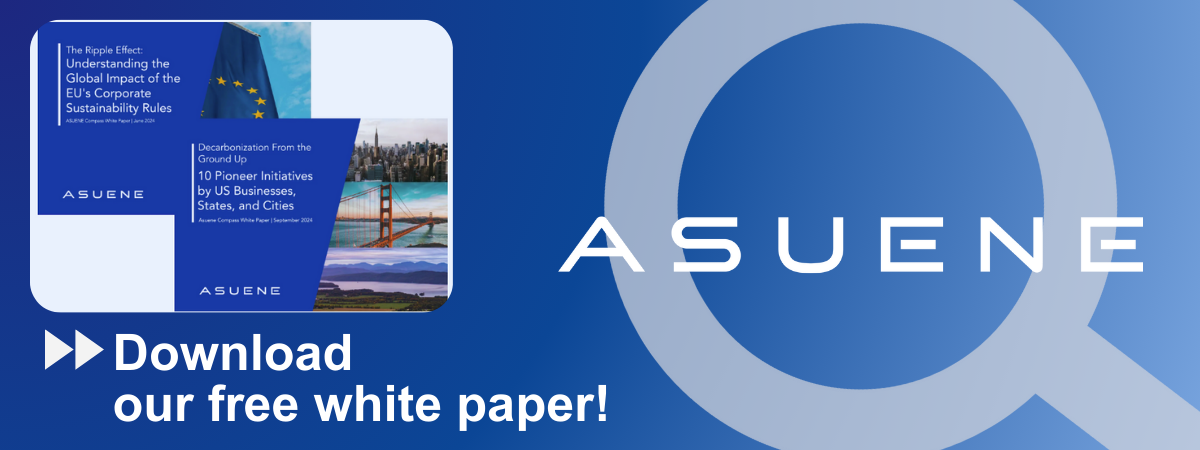- Article Summary
-
Introduction: Global Emissions Reach Another Record High
Global fossil CO2 emissions are projected to increase by 1.1 percent in 2025, reaching a new historic high according to the Global Carbon Budget 2025. The assessment highlights a world still struggling to bend the emissions curve even as renewable energy deployment accelerates. The increase reflects a combination of structural demand for fossil fuels, weather driven energy needs, and widening gaps in energy system resilience. At the same time, the natural systems that have traditionally absorbed a significant portion of human emissions are showing clear signs of weakening. This combination presents a narrowing pathway for limiting global warming and emphasizes the need for faster and more reliable decarbonization strategies. Blue toned charts in the report illustrate these trends with clear trajectories across regions, sectors, and natural sinks.
Emissions Rebound in the United States and European Union
In both the United States and the European Union, long term declines in fossil CO2 emissions reversed in 2025. The shift was influenced heavily by weather conditions and energy supply constraints. A colder than average winter in the United States increased energy demand for heating, triggering higher coal use in the power sector. At the same time, rising liquefied natural gas exports continued to shape domestic fuel dynamics, creating additional pressures on energy markets.
In the European Union, lower wind and hydropower output in 2024 and early 2025 required higher reliance on natural gas generation to maintain grid stability. The region has made significant progress in expanding renewable energy, yet the temporary shortfall in renewable output showed that clean power capacity is still not sufficient to withstand weather related volatility.
These developments highlight vulnerabilities in both regions. Systems that have relied on declining fossil use for more than a decade proved susceptible to rebound when extreme weather or supply pressures arose. The chart in the report showing territorial emissions for major economies uses a blue palette to illustrate the contrast between long term downward trends and the recent uptick.

Slowing Emissions Growth in China and India
China and India, the two most rapidly growing economies and major contributors to global emissions, show a different pattern. Both countries are projected to see slower emissions growth in 2025 compared with previous years. This moderation results from extraordinary additions of renewable power generation, structural shifts in industrial production, and favorable weather conditions that reduced electricity demand at peak times.
China added significant solar and wind capacity across 2024 and 2025, helping stabilize emissions even as economic activity grew. Hydropower output also improved after previous drought related declines, offering a more balanced mix of power generation. India experienced similar renewable growth, with expanded solar capacity supporting periods of high demand and reducing the need for coal based generation during parts of the year.
A blue toned chart of per capita emissions in the report provides visual clarity on how these two countries compare with the United States and the European Union. The data show that while total emissions remain high due to population and industrial scale, the intensity of emissions growth is slowing.

Sector Trends Driving the Global Outcome
The increase in global fossil CO2 emissions in 2025 is driven by broad based growth across coal, oil, and natural gas. The sector specific data in the report indicate that coal emissions are projected to rise by 0.8 percent, oil by 1.0 percent, and natural gas by 1.3 percent. These trends reflect both energy demand growth and lagging improvements in efficiency and fuel switching.
Coal demand increased as countries responded to weather induced shortages in renewable generation and periods of constrained energy supply. Oil emissions grew due to continued recovery in aviation and freight transport. Natural gas emissions rose across multiple regions as gas played a balancing role in power markets facing variable renewable output.
The chart in the report that tracks global emissions by fuel type uses a blue based color scheme to illustrate these fuel specific contributions over time. It provides a clear depiction of how each fossil fuel category shapes the overall trend and helps explain why total emissions continue to rise despite ongoing additions of renewable power.

Natural Carbon Sinks Under Growing Stress
One of the most concerning findings in the Global Carbon Budget 2025 is the weakening performance of natural carbon sinks. Land and ocean sinks have historically absorbed around half of human caused CO2 emissions, but this buffering system is losing strength due to climate change. The land sink has been affected by rising temperatures, drought, fire activity, and the lingering influence of recent El Niño events. The ocean sink has remained relatively flat since 2016 as warming and stratification reduce its ability to absorb CO2.
Some tropical forest regions in South America and Southeast Asia are shifting from carbon sinks into net sources as a result of deforestation, warming, and increased climate stress. This transition means that the world cannot rely on forests and oceans to continue offsetting large portions of emissions. The weakening of these sinks increases the burden on mitigation efforts and shortens the time remaining to stay within internationally agreed temperature limits.
The blue toned chart in the report illustrating land and ocean sink trends shows the gradual flattening of the curves and the reduced capacity of both systems to absorb carbon in recent years.

Conclusion: A Critical Warning for the Global Transition
The projected increase in global fossil CO2 emissions in 2025 underscores the difficulty of accelerating decarbonization in a world facing both structural and climate related pressures. The rebound in emissions from the United States and the European Union highlights vulnerabilities in energy systems that must be addressed through investments in clean power capacity, storage, and grid resilience. The slowing growth in China and India demonstrates that rapid renewable deployment can moderate emissions even in fast growing economies. Sector specific trends confirm that fossil fuels continue to dominate global energy demand, and improvements in energy efficiency and low carbon alternatives are not yet sufficient to reverse the global trend.
The weakening of natural sinks presents an additional and urgent challenge. As forests and oceans absorb less carbon, mitigation efforts must become even more ambitious. The findings in the report provide a clear signal to governments, companies, and financial institutions: accelerated and resilient decarbonization strategies are essential to meet climate goals and maintain a stable global system.
Taken together, the evidence from the Global Carbon Budget 2025 calls for coordinated action, stronger policy support, and greater deployment of clean technologies. The window for limiting global warming remains narrow, but decisive steps taken now can still change the trajectory of future emissions.
Why Work with ASUENE Inc.?
ASUENE is a key player in carbon accounting, offering a comprehensive platform that measures, reduces, and reports emissions. The company serves over 10,000 clients worldwide with an all-in-one solution that integrates GHG accounting, ESG supply chain management, a Carbon Credit exchange platform, and third-party verification.
ASUENE supports companies in achieving net-zero goals through advanced technology, consulting services, and an extensive network.


